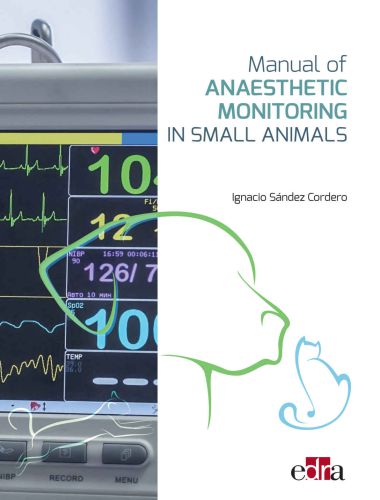Manual of Anaesthetic Monitoring in Small Animals
by

This practical book explains how to monitor the organ systems of healthy and medically compromised patients during anaesthesia so as to help veterinary surgeons understand what is happening at every moment and reduce complications. In addition, it has been conceived as a reference book that can be consulted in emergency situations. The authors, who are specialists in the field, provide in-depth information about the physiological aspects of anaesthesia, together with numerous clinical cases and real situations.
Veterinary anaesthesia has been evolving for more than 100 years, but has seen particularly important advances in the last 15 years, largely thanks to the introduction of anaesthetic monitoring. A few years ago it was unthinkable that a private clinical veterinary surgeon could have a multi-parameter monitor, but today it is very rare for general anaesthesia to be performed without any type of monitoring. However, veterinary anaesthesiologists still find themselves emphasising the importance of having a person in charge of anaesthesia for each surgical procedure, and the fact that instrumental monitoring with electronic equipment can never replace a well-trained specialist.
This aim of this book is to serve as an aid to clinicians who wish to train in anaesthesia, and as a tool to resolve doubts that arise during the course of a consultation. Anaesthesia of Exotic Pets
Until now, anaesthetic monitoring has been presented in books and manuals within the context of the overall anaesthetic procedure, but no single book has focused exclusively on veterinary anaesthetic monitoring. The contents of this book are based on our research, our study, our clinical cases, and our successes and failures. Consequently, the quality of the images featured may be somewhat poorer than such a book merits. Nonetheless, we feel that they are of sufficient clinical interest to our readers to be included.
Direct Link For Paid Membership: –

5